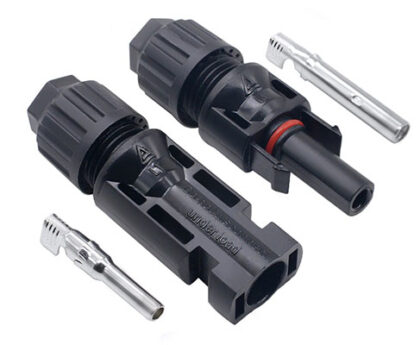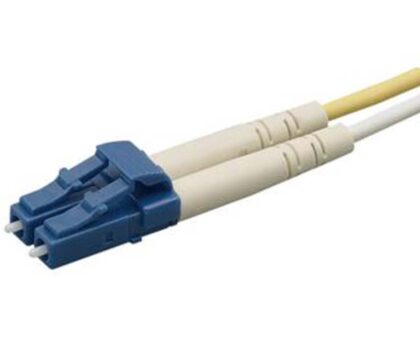In the modern technology and AV systems, the need for transmitting audiovisual (AV) signals over long distances while maintaining low latency has become increasingly prevalent. This poses challenges that must be addressed efficiently, cost-effectively, and with scalability in mind. In this blog, we’ll explore various solutions for tackling the issue of long-distance AV signal transmission.
Signal Extension
Signal extension, in this context, refers to the process of transmitting AV signals over distances beyond their typical limitations while preserving signal quality. To achieve this, two primary technologies come into play: AV signal extenders and network-based extension solutions.
AV signal extenders convert signals from one physical medium with shorter distance limitations to another that can transmit over greater distances. While distance restrictions may still apply in these solutions, latency is typically not a concern. AV signal extenders support a wide range of formats, from HDMI and DVI to VGA, composite formats, USB, and more. For instance, HDMI extenders can break the 50-foot barrier and transmit signals over Cat-x cabling up to 300 feet.
While signal extenders have their place in AV networks, our focus shifts towards network-based extension solutions, specifically packet-switching extenders. These systems convert AV signals into digital format, breaking them down into data packets transmitted over Category cabling (Cat-5e/Cat-6/Cat-7) or fiber-optic cables. Two popular protocols for this purpose are TCP/IP (AV over IP) and HDBaseT. It’s important to note that these protocols are not interchangeable—HDBaseT cabling cannot carry TCP/IP data, and vice versa.
HDBaseT vs. IP
The fundamental difference between HDBaseT and IP-based distribution systems lies in the infrastructure they utilize. IP-based systems can leverage standard Ethernet infrastructure, while HDBaseT systems cannot. This distinction significantly impacts transmission distances. HDBaseT systems are limited by the physical media, with a range of up to 100 meters for Cat-5e/Cat-6 cables, which can be problematic for large-scale installations. In contrast, AV-over-IP systems eliminate this limitation by harnessing existing Ethernet infrastructure, allowing long-distance transmission of full high-definition (even 4K) signals with imperceptible latency.
The Core of the System: Network Switches
With its advantages over HDBaseT, AV over IP continues to gain popularity and deployment. In this evolution, one component becomes increasingly critical: network switches. Unlike traditional and more costly AV matrix switchers, network switches are not pre-configured with a specific number of inputs and outputs (e.g., 4×4, 8×8, 16×16). Therefore, unlike AV switchers that often run out of capacity, network switches have no fixed physical size constraints. For switches, it’s merely a matter of managing IP data traffic (though bandwidth limitations do apply). Expanding a transmission system only requires transmitters for each signal source and receivers for each rent LED display.
In Conclusion
For IT professionals, the landscape of signal extension is ever-evolving. The demand for near-zero latency transmission of uncompressed AV signals with 4K resolution is urgent today, and there may come a day when they are tasked with transmitting true-to-life 3D images and audio for holographic video conferences.
However, for current AV transmission needs, victory lies in the adoption of AV over IP systems hosted on network switches. These systems offer cost-effective solutions for delivering the highest resolution content from an unlimited number of sources to an almost unlimited number of displays in spaces of virtually any size. They provide straightforward scalability, effortlessly meeting the future requirements of organizations.
In the dynamic world of AV technology, the ability to efficiently transmit AV signals over long distances without compromising quality or introducing significant latency is crucial. With the right solutions in place, organizations can stay ahead of the curve and adapt to evolving AV transmission demands. Whether it’s high-definition video conferencing or immersive multimedia experiences, the foundation for success lies in embracing the versatility and scalability of AV over IP systems powered by network switches.



